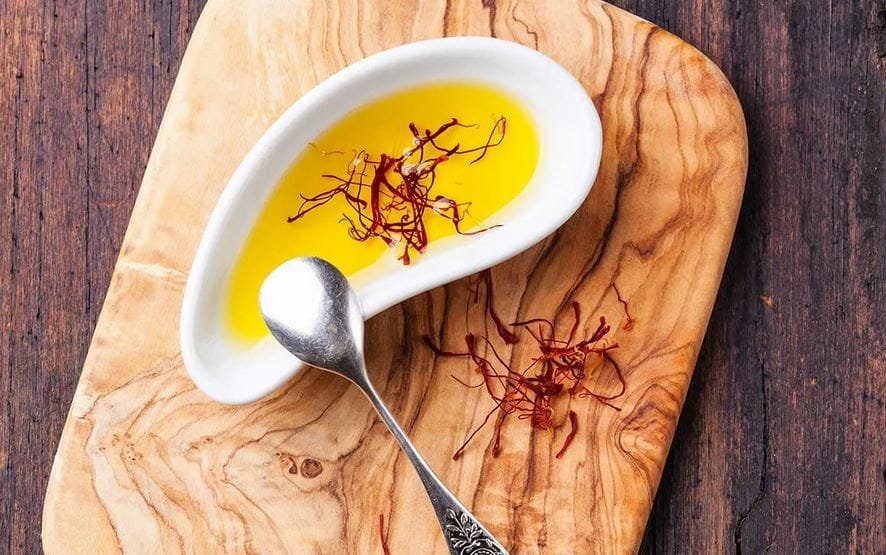 Promoting and Branding Kermanshah’s Saffron
Promoting and Branding Kermanshah’s Saffron
ESNA/Kermanshah: The head of the Agricultural Commission of the Kermanshah Chamber of Commerce emphasized the need to brand Kermanshah saffron. This is crucial due to the province’s strong potential for saffron production and export.
Unlocking the Potential of Kermanshah’s Saffron
Kermanshah Saffron Branding : In an interview with an ISNA reporter, Nasser Moradi highlighted that Kermanshah has great potential for saffron production. However, saffron cultivation in the region is relatively new. Moradi explained that although Kermanshah was historically a birthplace of saffron cultivation, predating even Khorasan, it has not received much attention in recent years. Fortunately, in recent years, the importance of saffron cultivation has been recognized again.
Moradi added that Kermanshah saffron stands out for its superior flavor, aroma, and market acceptance compared to saffron from other provinces. “Kermanshah produces saffron with higher quality than many other provinces,” he said.
Why Saffron is Ideal for Kermanshah
Kermanshah Saffron Branding : The head of the Agricultural Commission noted that the region’s climate is perfect for water-efficient crops like saffron, which needs water only a few times before it flowers in autumn.
He stated, “To boost farmers’ income, we must shift the focus from low-value crops to high-value ones like saffron.”
Moradi also mentioned that the market price of saffron ranges from 80 to 100 million tomans per kilogram. On average, farmers yield between 3 to 7 kg per hectare, but with proper care, yields can reach up to 10 kg per hectare.
Growing the Saffron Industry in Kermanshah
Kermanshah Saffron Branding : Moradi stressed that expanding saffron cultivation and production is vital. Additionally, plans for saffron processing, packaging, branding, and marketing must accompany this effort. He suggested creating a comprehensive saffron processing unit in Kermanshah, which would also support contract farming and create a stable market for farmers.
He further mentioned that a modern processing facility could elevate Kermanshah saffron into a globally recognized brand. This would open doors to domestic and international markets.
Turning Kermanshah’s Saffron into a Global Brand
At present, Iran exports saffron in bulk to Spain, where it is repackaged and resold at a much higher price. Moradi believes that with better branding and packaging, Kermanshah saffron could enter global markets more effectively.
Countries in the Persian Gulf and Europe are ideal destinations for exporting saffron, which can be sold for culinary and medicinal uses at higher prices, adding value.
The Future of Saffron in Kermanshah
Kermanshah Saffron Branding : Moradi shared that the Chamber of Commerce is ready to support saffron cultivation in Kermanshah. They plan to collaborate with the National Saffron Association and experts to offer courses on saffron cultivation, export strategies, marketing, and quality improvement in the region.
Currently, Kermanshah cultivates saffron on 630 hectares, yielding about 4,200 kg. The goal is to expand to 2,000 hectares and produce 20 tons within three years.
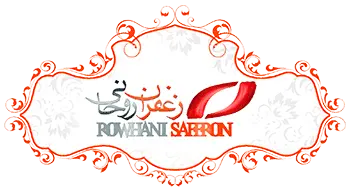

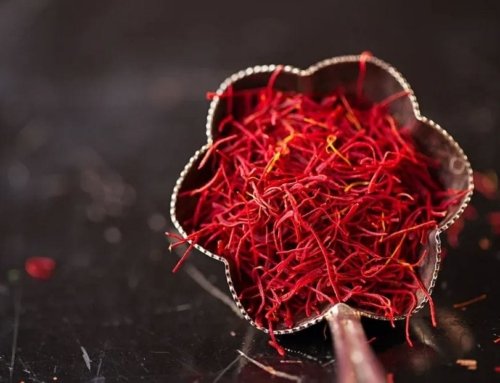
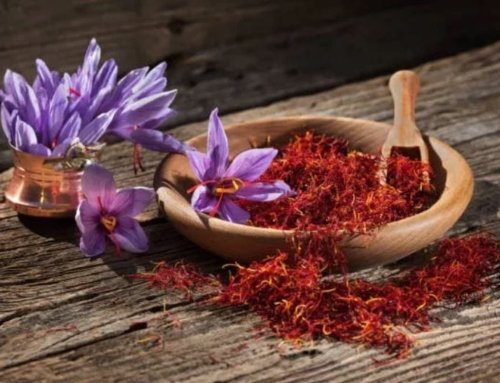
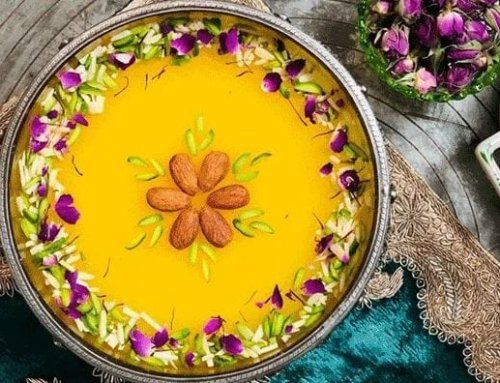
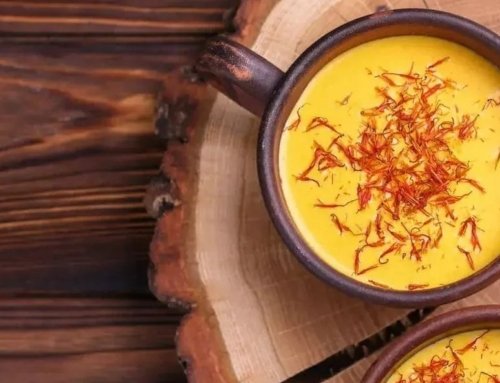

Get Social